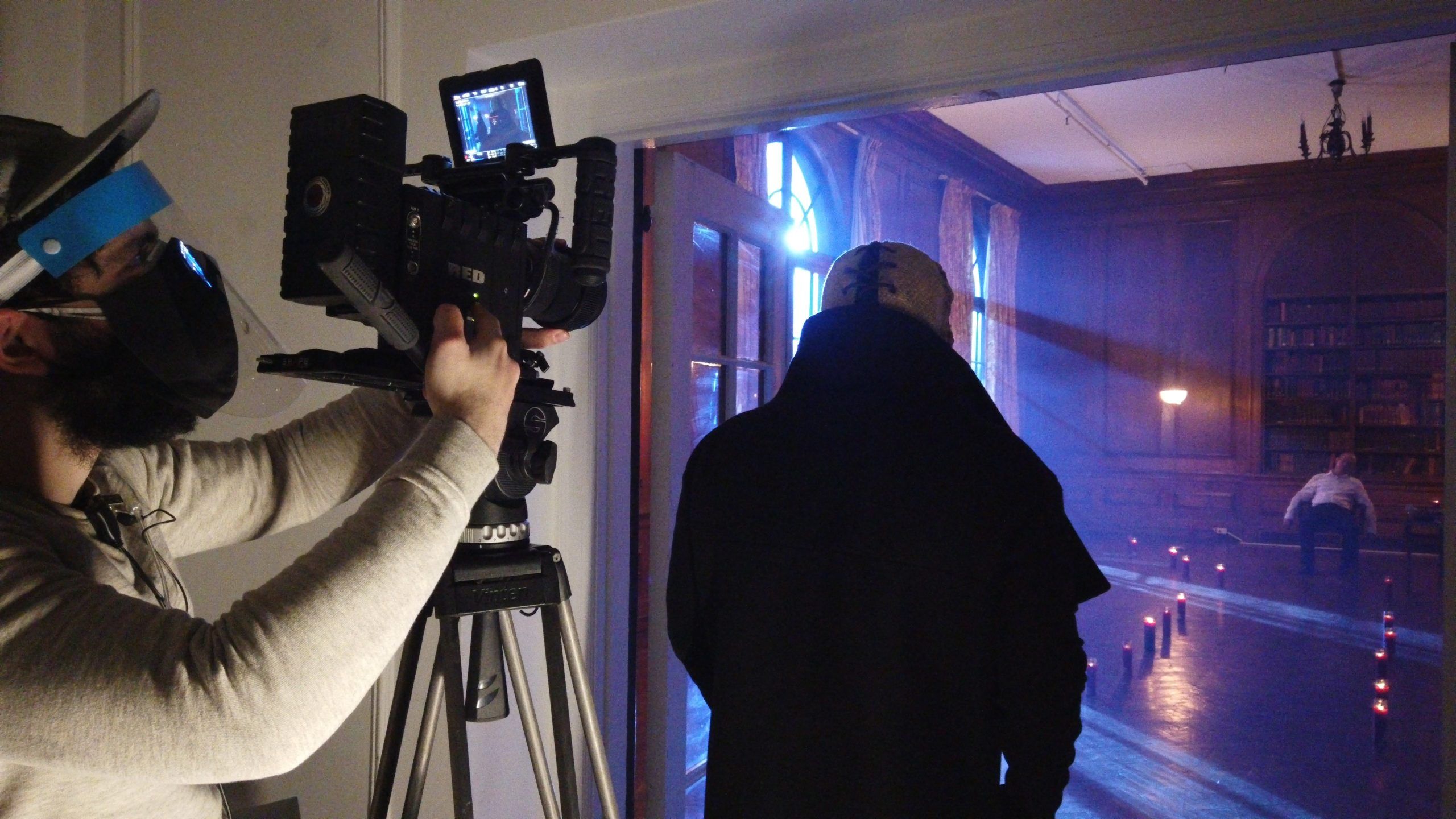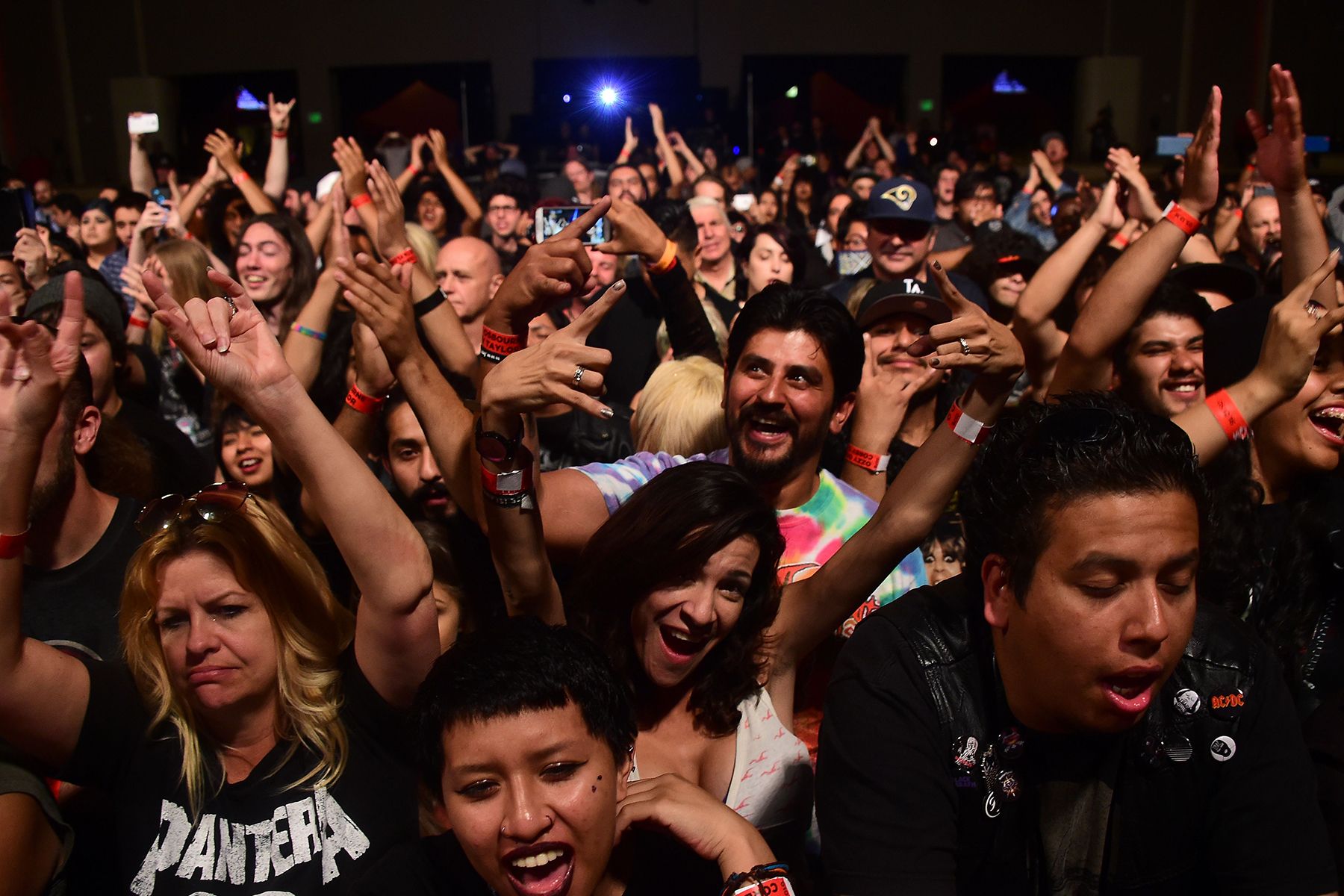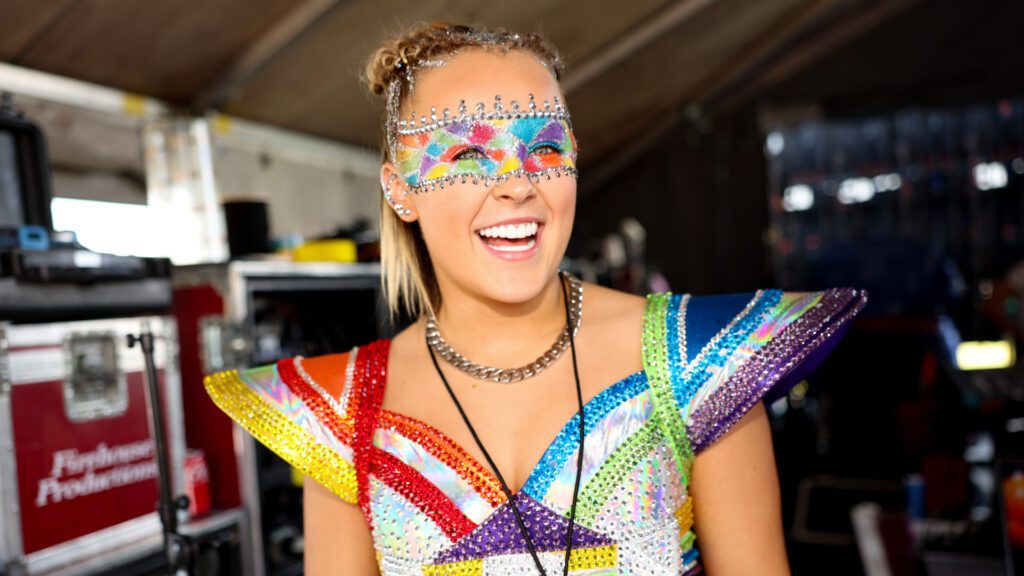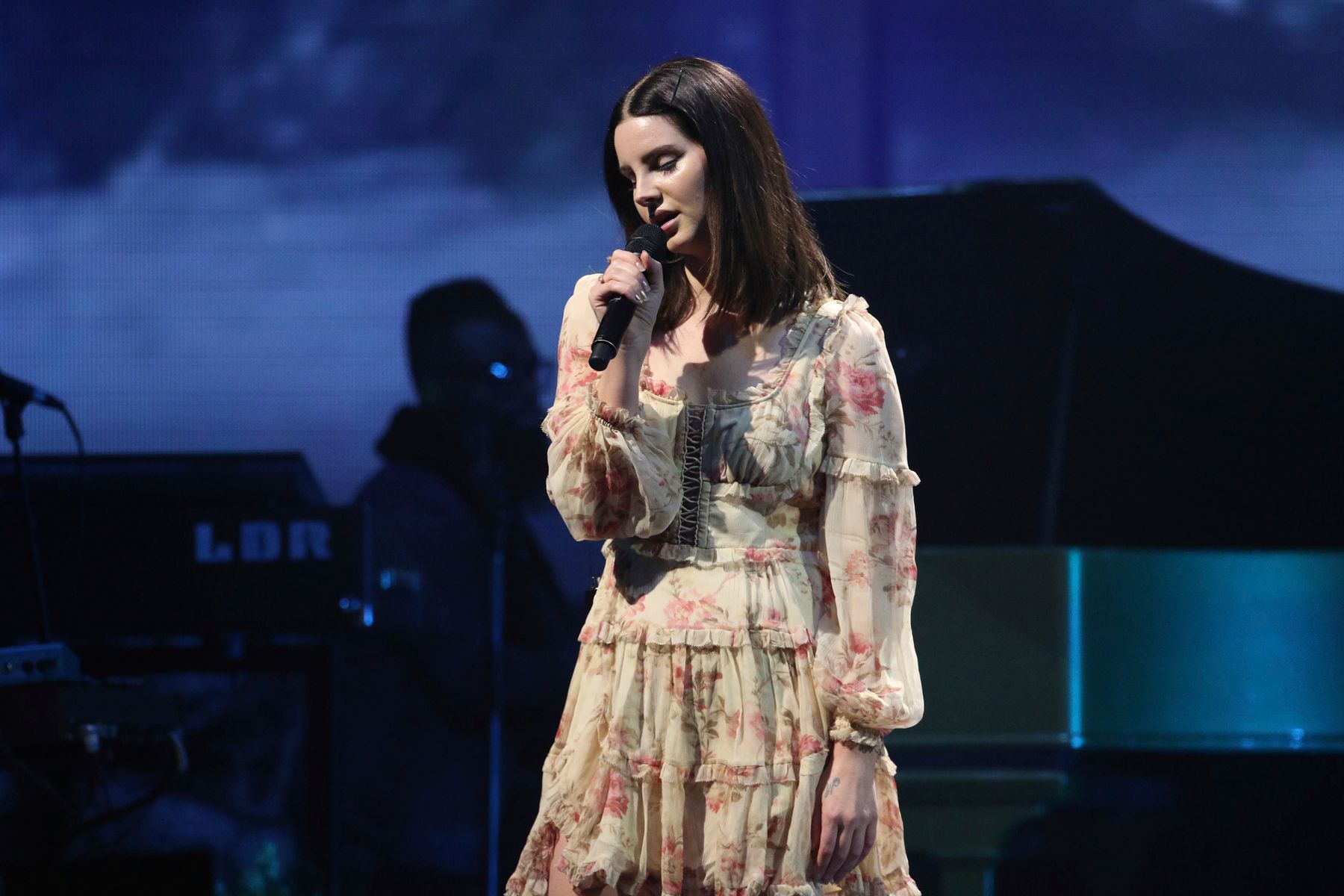
‘The Breakdown’: Go Behind the Scenes of How to Make a Music Video During the Pandemic
In November, legendary New York emcee Pharoahe Monch formed a new trio, Th1rt3en, with Jack White’s drummer Daru Jones and acclaimed guitarist Marcus Machado. The group announced their arrival with their first song, “Fight,” featuring Cypress Hill and then, in January, the hip-hop group released the blistering “Cult 45” video during the week of the Presidential Inauguration. It was the fourth single off the group’s debut album A Magnificent Day for an Exorcism, with Monch describing the song as “verbal voodoo.”
In our latest “The Breakdown” video series, we speak to David Grandison Jr. about how he collaborated with the group to create a Covid-safe production for the “Cult 45” music video, showing room scans, 360-still shots and video, and more as he takes viewers from pre-production to the finished product. (Full disclosure: the full module is included as part of Rolling Stone’s ‘Film and TV Industry Essentials’ program that was created with Yellowbrick, NYU’s Tisch School of the Arts Program, and IndieWire).
“The second united team is shooting behind the scenes, and we shoot in VR. So, we give you a fly-on-the-wall perspective of every single set as a part of this project,” Grandison explains. “My goal, as an educator, is to allow you to step into the space, to see what every piece of equipment in that space does; to understand what each of the people on the set does; and to create a learning experience that allows you to do that.”
They chose to set the video in the old, dilapidated Andrew Freedman Home, which is located in the South Bronx, the birthplace of hip-hop, and the video shows how they transformed the historic building into a creepy location to shoot the macabre imagery. “Music videos are short stories,” Grandison says, explaining how they developed the video off of Monch’s concepts, before going deep on one of the most pivotal scenes in “the library” and how they used 3D photos along with other 2D imagery and visual effects to craft the final version.
“We feel young people need to have entryways into the film industry,” Grandison says of why they chose the music video as a way to show the filmmaking process. “This is a great entry point … and it really challenges you to create under a variety of different constraints on what the ultimate task is — which is storytelling.”




